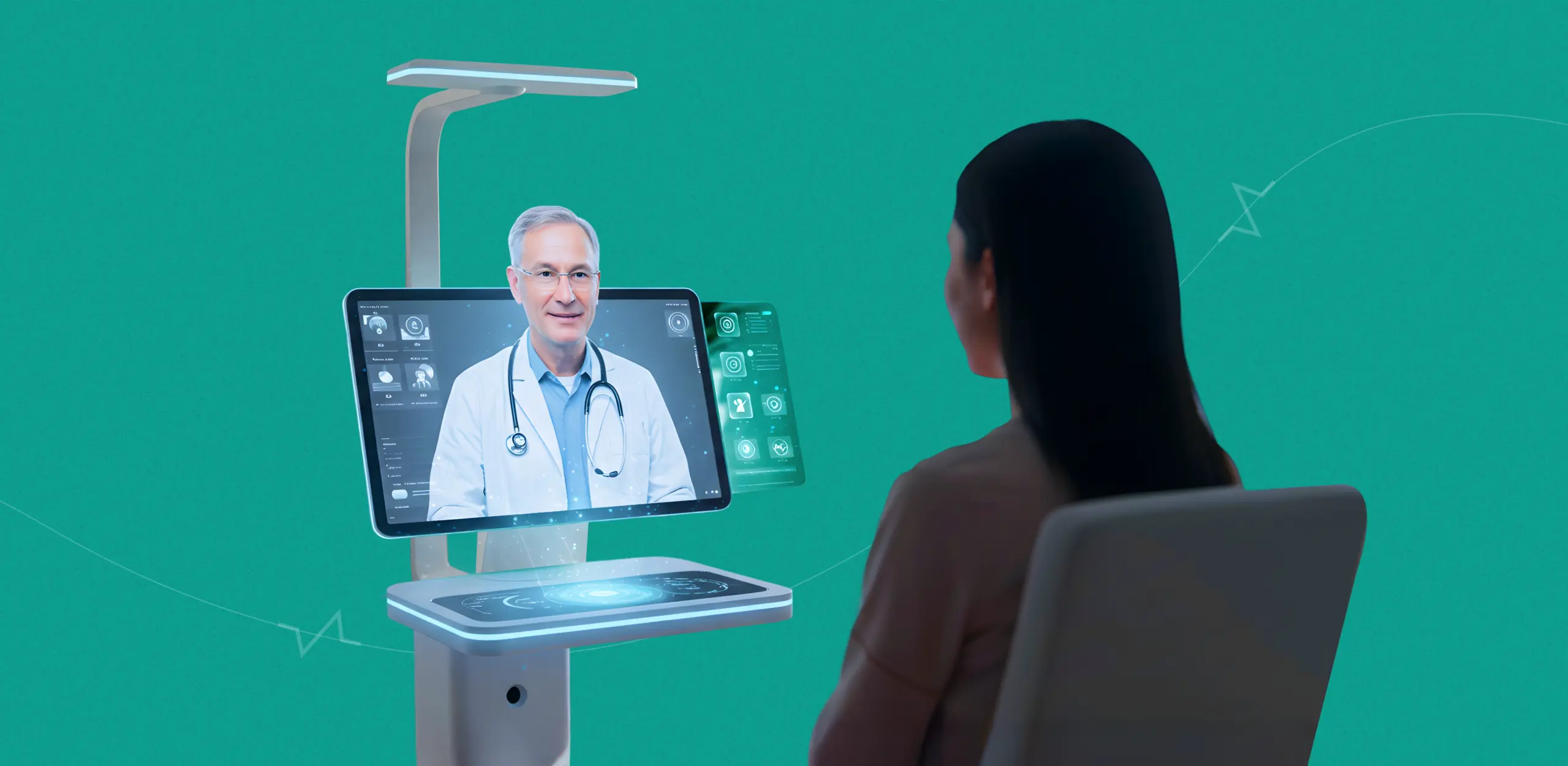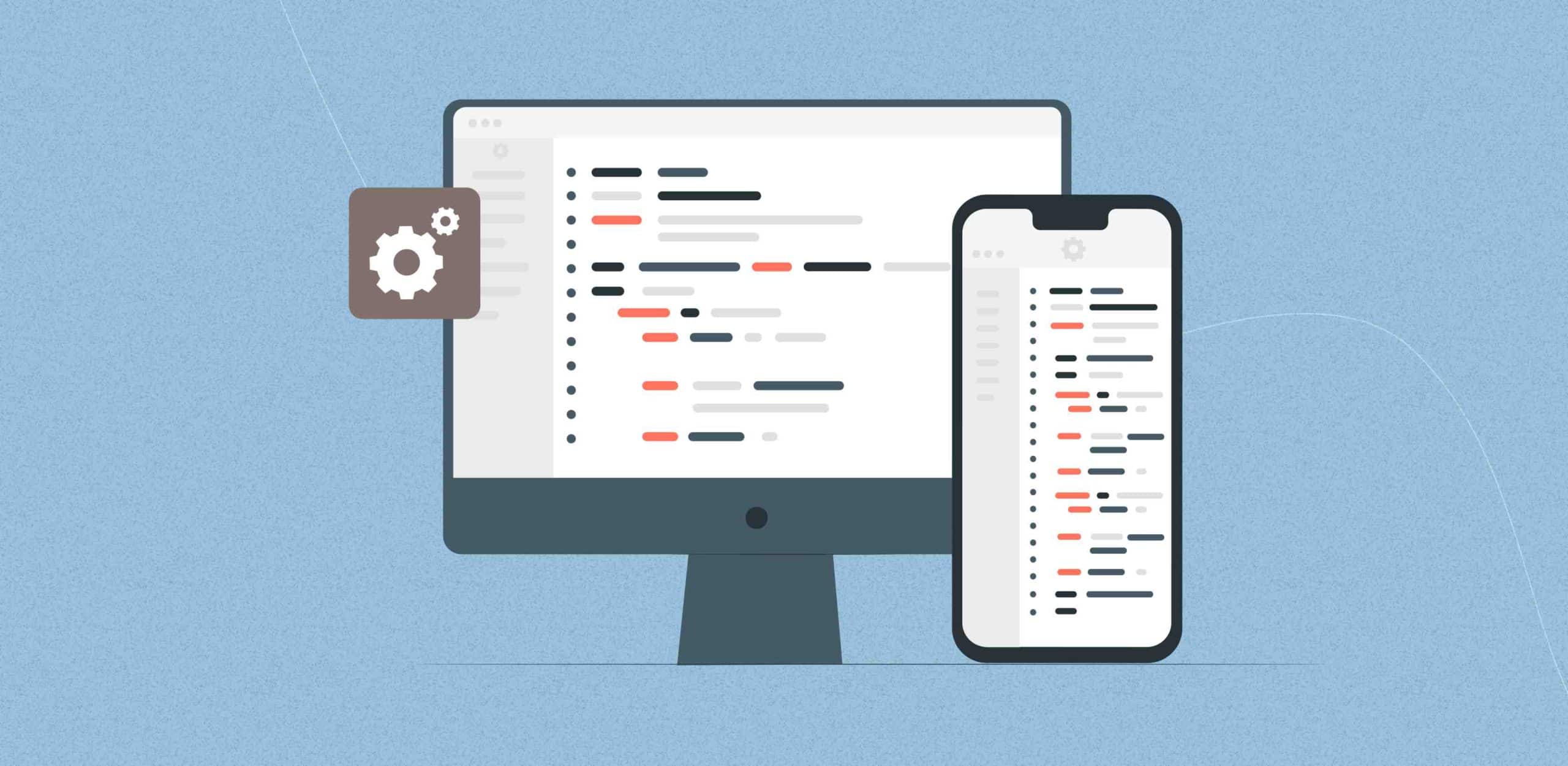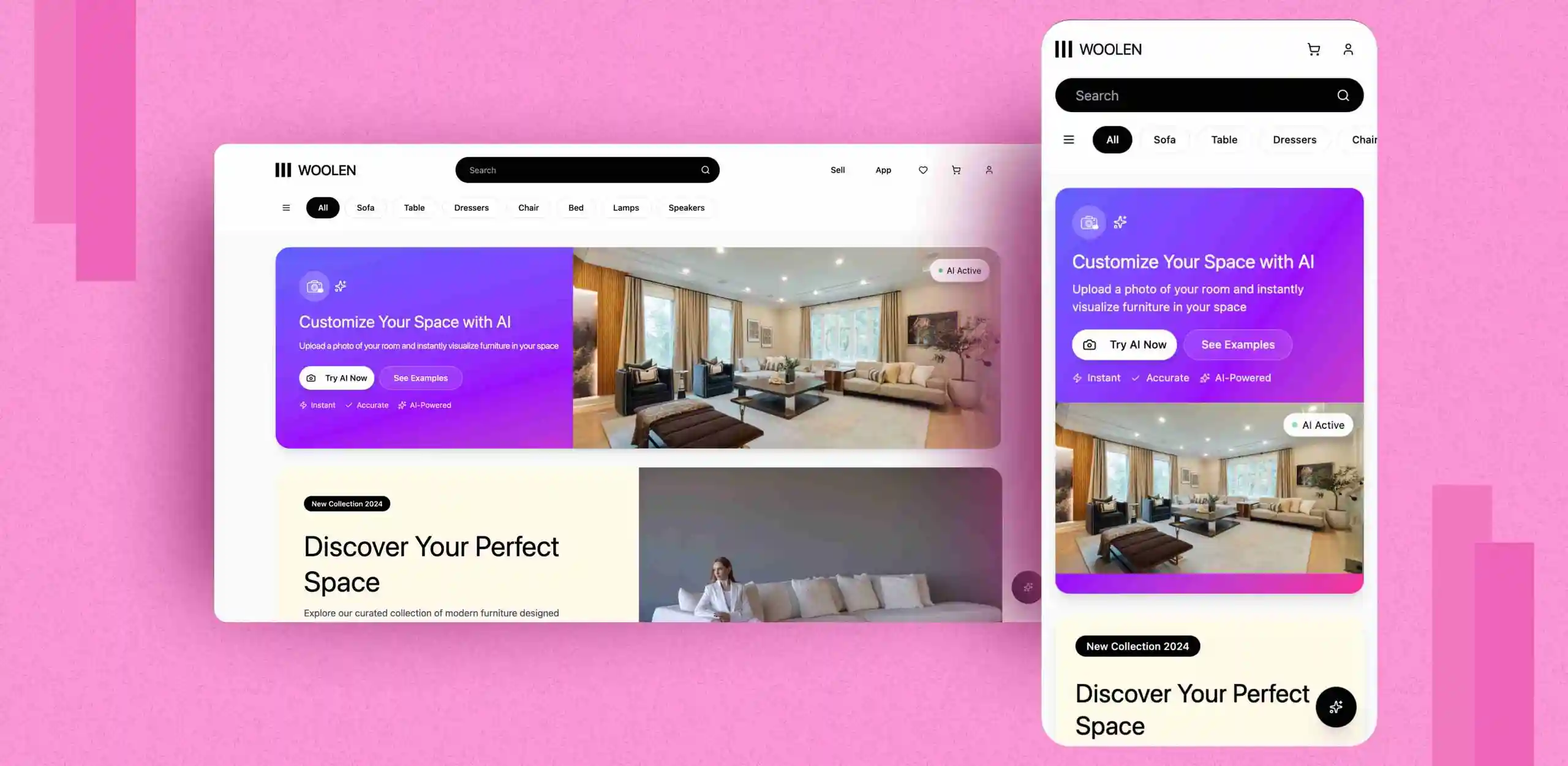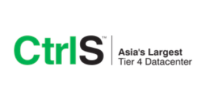Introduction: The Rise of Real-Time Care
WebRTC solutions are redefining how healthcare is delivered in the digital age. With the growing demand for faster, more accessible, and patient-centric care, real-time communication has become a critical component of modern healthcare systems. From virtual consultations to remote diagnostics, healthcare providers are increasingly turning to WebRTC technology to connect with patients securely and efficiently—anytime, anywhere.
In the wake of the pandemic, telemedicine has evolved from an optional service to an essential healthcare offering. Patients now expect seamless virtual visits, while providers must ensure compliance with stringent data privacy laws like HIPAA. Custom WebRTC solutions meet these needs by delivering secure, scalable, and browser-based video communication tools tailored specifically for healthcare workflows.
In this blog, we’ll take a deep dive into how WebRTC solutions are powering the future of telemedicine, the benefits of building custom solutions, and how healthcare organizations can leverage this technology to enhance care delivery and patient satisfaction.
What is WebRTC and Why it Matters for Healthcare?
WebRTC (Web Real-Time Communication) is an open-source technology that allows web browsers and mobile apps to support real-time audio, video, and data communication without needing plugins or additional software.
But why does this matter for healthcare?
Healthcare systems are complex, and real-time interactions need to be fast, secure, and reliable. Unlike generic tools like Zoom or Skype, custom WebRTC solutions can be tailored to support HIPAA compliance, Electronic Health Record (EHR) integration, private consultation rooms, and patient queuing systems—functionality critical for telemedicine solutions.
In short, WebRTC empowers providers to deliver virtual care that’s just as effective and secure as in-person visits.
Key Benefits of WebRTC for Healthcare Providers
The integration of WebRTC solutions into telemedicine platforms is not just a technical upgrade—it’s a strategic move that enhances the entire care delivery experience for both providers and patients. Let’s explore the key advantages that make WebRTC in healthcare a game-changer.
Secure and Compliant Communication
Security and patient privacy are non-negotiables in the healthcare industry. WebRTC (Web Real-Time Communication) is designed with security at its core. It uses end-to-end encryption protocols, including DTLS (Datagram Transport Layer Security) and SRTP (Secure Real-Time Protocol), to protect every stream of data—whether it’s audio, video, or file transfers.
For healthcare providers, this means the ability to meet HIPAA, GDPR, and local data protection standards without relying on third-party plugins or expensive hardware. Every interaction remains confidential, and patient trust is reinforced with every session.
Key Takeaway: Your video calls, chat messages, and health records remain secure and compliant—reducing legal risk while enhancing patient confidence.
Browser-Based Simplicity
One of the standout advantages of WebRTC is that it works directly in modern web browsers like Chrome, Firefox, Safari, and Edge. There’s no need for patients or doctors to download apps, manage plugins, or create extra logins.
For healthcare providers, this translates to higher participation rates, fewer missed appointments, and a smoother user experience—especially for elderly patients or those less tech-savvy.
Scenario Example: A rural patient with limited internet access and no smartphone can still join a consultation using a basic desktop browser. The appointment link opens the session instantly—no friction, no delay.
Key Takeaway: Lower the barrier to entry for virtual care, boosting engagement across all demographics.
Scalable and Cost-Effective
Healthcare organizations range from small private practices to large hospital networks serving thousands of patients daily. WebRTC’s architecture is inherently lightweight, serverless at the core, and built to scale.
When integrated into a custom telemedicine platform, WebRTC can support hundreds to thousands of concurrent sessions with optimized backend resources—making it more cost-effective than licensing per-seat or per-session video tools.
What’s more, because it’s open source, there are no licensing fees for the core technology. Your investment goes into development, customization, and infrastructure—not into paying off a third-party vendor’s pricing tier.
Key Takeaway: Grow your patient base and virtual care offerings without ballooning your operational costs.
Low Latency and High Quality
Laggy video and audio disruptions are not just frustrating—they can be dangerous in a healthcare setting. Whether a doctor is reviewing a patient’s condition or a therapist is conducting a remote session, clear, uninterrupted communication is essential.
WebRTC delivers ultra-low latency performance, typically under 500 milliseconds, ensuring that the interaction feels natural and responsive. It also adapts dynamically to changing bandwidth conditions, maintaining video and audio quality even in low-speed connections.
Use Case: A mobile health worker in a remote area initiates a video call with a specialist from a tablet on 3G. WebRTC adjusts the stream quality automatically, ensuring that the conversation remains clear without dropping.
Key Takeaway: Real-time care should feel real. WebRTC delivers quality and reliability even in challenging environments.
Integration Ready
WebRTC is not just about video and audio—it’s about building a fully integrated digital health ecosystem. Custom WebRTC platforms can be designed to connect with:
- Electronic Health Record (EHR) and Electronic Medical Record (EMR) systems
- Appointment scheduling and queuing tools
- Digital prescription platforms
- Billing and insurance processing tools
- CRM systems for patient relationship management
Most modern telemedicine app development companies build with an API-first mindset, ensuring that WebRTC modules can seamlessly plug into your existing infrastructure. Whether you’re adding video calls to your patient portal or creating a new virtual clinic from scratch, WebRTC can adapt to your operational workflows.
Key Takeaway: Build a connected experience across the care journey—from scheduling and consultation to billing and records.
Read the blog ‘Integrating AI with WebRTC: The Future of Smart Communication Applications.’
Use Cases: Where Custom WebRTC Solutions Shine
When it comes to digital healthcare, flexibility is key. That’s why WebRTC technology has quickly become a go-to framework for building telemedicine platforms. It’s not a one-size-fits-all solution—its real power lies in how it can be customized to suit a wide variety of healthcare use cases. Whether you’re a solo practitioner or a large hospital system, WebRTC adapts to your workflows, patient needs, and compliance requirements.
Let’s explore the most impactful use cases where custom WebRTC solutions truly shine in healthcare and telemedicine:
Virtual Consultations
At the core of telemedicine is the ability to conduct secure and smooth virtual doctor-patient consultations. WebRTC enables real-time video, voice, and messaging—directly in a web browser or app—without needing third-party installations.
With custom WebRTC integration, you can replicate an in-person clinical experience:
- Patients can enter virtual waiting rooms and check in via chat.
- Doctors can share lab results, screen content, and even prescribe medications digitally.
- Appointments are seamless and HIPAA-compliant, ensuring data privacy and trust.
This use case is ideal for general practitioners, dermatologists, pediatricians, and any specialist offering routine consultations.
Emergency Triage
Seconds matter in emergencies—and real-time communication can make the difference. With WebRTC-powered triage systems, patients can initiate a video call directly with on-call professionals or nurses for immediate first-aid guidance.
Key features include:
- One-click video access on mobile or tablet.
- Integration with EMR and location data to prepare emergency responders.
- Live visual assessments to determine urgency and escalation needs.
This is particularly useful for rural or underserved areas, where access to physical emergency care is delayed, and preliminary support via video can reduce risks or unnecessary ER visits.
Behavioral and Mental Health Support
Teletherapy and online behavioral health services have seen rapid growth—and for good reason. Mental health patients often seek care from the comfort and privacy of their homes, and custom WebRTC solutions make this experience seamless, secure, and supportive.
Key capabilities include:
- Encrypted, HIPAA-compliant video sessions with no technical barriers.
- Scheduled or on-demand therapy sessions via web or mobile.
- Tools for therapists like real-time annotations, note-taking, and session timers.
With stigma still associated with mental health, WebRTC enables discreet, accessible, and consistent mental health care for individuals across all age groups.
Follow-Ups and Post-Op Care
Many readmissions to hospitals are preventable—especially with better post-operative follow-up. WebRTC helps healthcare providers conduct virtual post-surgery check-ins, wound inspections, and medication adherence reviews without requiring patients to travel.
With embedded WebRTC modules:
- Nurses and doctors can conduct brief but impactful check-ins.
- Patients can share photos or live video of symptoms or recovery progress.
- Healthcare staff can remotely monitor recovery trends and intervene early if necessary.
This reduces strain on physical resources while enhancing recovery outcomes and patient satisfaction.
Family Consultations
Healthcare often involves more than just the patient—family members and caregivers play critical roles in decisions and support. WebRTC enables multi-party video calls where patients, doctors, and family can all participate in the same session.
This is particularly important for:
- Pediatric care, where both parents want to be present.
- Elderly patients who need caregivers involved in discussions.
- Patients with disabilities or chronic conditions requiring shared care decisions.
Custom WebRTC platforms allow role-based access and secure logins, ensuring each participant has appropriate visibility and permissions.
Doctor-to-Doctor Collaboration
Specialists are not always available in-house, especially in rural or smaller clinics. WebRTC bridges that gap with real-time, secure peer-to-peer doctor communication.
Custom features include:
- Instant consults via private video calls.
- Screen sharing for diagnostic imaging, pathology slides, or live procedures.
- Multi-party conferences for cross-specialty case discussions.
This improves care coordination, enables faster decision-making, and strengthens referral networks within health systems.
Looking for a telemedicine app that’s built for your workflow? We design custom WebRTC solutions tailored to your healthcare needs.
Why Custom WebRTC is Better Than Off-the-Shelf Solutions?
You might ask, “Why not just use Zoom or Google Meet?” While convenient, these off-the-shelf tools lack the flexibility and healthcare-grade features that custom WebRTC development companies provide.
Here’s why going custom makes all the difference:
Feature | Off-the-Shelf Tools | Custom WebRTC Solutions |
HIPAA Compliance | Limited or costly | Built-in and auditable |
Branding & UX | Generic interface | Fully branded UI |
Workflow Integration | Minimal | Tailored to your needs |
Feature Control | Restricted | Fully customizable |
Scalability | Subscription-based limits | Scale on your infrastructure |
Ownership | Third-party dependency | Full control and IP ownership |
Off-the-shelf tools are great for personal meetings, but telemedicine solutions require precision, security, and seamless workflows—something only custom WebRTC in healthcare can deliver.
Here is a blog on ‘Custom WebRTC Development Services: Tailoring Solutions to Meet Specific Needs.’
WebRTC Solution Features Healthcare Organizations Should Look For
When considering a custom WebRTC solution for your healthcare practice, it’s not just about enabling video calls—it’s about delivering a secure, seamless, and clinically effective telemedicine experience. To ensure your virtual care platform meets patient expectations, complies with healthcare regulations, and integrates with your operational workflows, these are the must-have features to prioritize:
HIPAA/GDPR Compliance
Security and privacy are non-negotiable in healthcare. Your WebRTC solution must adhere to HIPAA (Health Insurance Portability and Accountability Act) standards if operating in the U.S., and GDPR if you’re serving patients in the EU. This includes secure data transmission, encrypted communication, audit trails, and proper access controls.
A compliant system not only protects Protected Health Information (PHI) but also builds trust with your patients and safeguards your organization from legal liabilities.
EHR and EMR Integration
A standalone video tool isn’t enough. Your telemedicine system should integrate seamlessly with your existing Electronic Health Records (EHR) or Electronic Medical Records (EMR) platforms. This allows for:
- Real-time access to patient history during consultations
- Automatic logging of session data into patient files
- Streamlined appointment scheduling and billing
This integration ensures clinicians spend more time on patient care and less time switching between systems.
Patient Queuing and Scheduling
Efficient queue management is essential for managing high patient volumes and ensuring timely consultations. A good WebRTC solution should support:
- Smart appointment scheduling with automated reminders
- Real-time virtual waiting rooms
- Queue prioritization based on urgency or provider availability
These features enhance workflow efficiency and reduce patient wait times, improving the overall experience for both sides.
HD Video & Audio with Recording Options (with Consent)
Clear communication is critical in healthcare. Your solution should support high-definition video and crystal-clear audio even in low-bandwidth settings.
Additionally, having the option to record sessions—with patient consent—is useful for:
- Medical documentation
- Post-consultation reviews
- Legal or compliance audits
A reliable system will also include secure storage and controlled access to these recordings.
Session Handoff Between Practitioners
Many healthcare scenarios require multiple professionals—primary care doctors, specialists, therapists—to collaborate. Your platform should support real-time session handoff so that:
- A doctor can seamlessly transfer the patient to a specialist
- Team-based consultations are possible without needing multiple logins or new links
- Continuity of care is maintained without delays or data loss
This is especially useful in emergency care, second opinions, or multidisciplinary teams.
Consent Management
Before any medical consultation or data exchange occurs, capturing informed patient consent is essential. Your WebRTC solution must support:
- Digital consent forms prior to session star
- Timestamped records stored securely
- Customizable consent templates per use case (e.g., for minors, psychiatric evaluations, or data sharing)
Proper consent management ensures compliance and transparency in patient interactions.
Auto Reconnect and Session Recovery
Network issues can disrupt virtual consultations. A robust telemedicine system should have:
- Auto-reconnect functionality if a session is interrupted
- Session persistence to resume from where it left off
- Notifications or alerts for both provider and patient when connection is lost
This keeps the experience smooth and professional, even in less-than-ideal network conditions.
Digital Prescription & File Sharing
The ability to generate and send prescriptions digitally, along with secure file sharing (e.g., test results, images, referrals), is essential for closing the loop in virtual care.
Look for a WebRTC solution that allows:
- E-prescriptions in local formats with digital signatures
- Secure document uploads/downloads during sessions
- Integration with pharmacy or diagnostic platforms (where applicable)
This makes the experience convenient for patients and efficient for practitioners.
Emergency Button / Escalation Workflow
In situations where a patient’s condition worsens during a session, your platform must support immediate escalation protocols, such as:
- Triggering emergency contacts or alerting on-call staff
- Sharing live session data or location with responders
- Initiating a video bridge with multiple specialists simultaneously
This feature can be life-saving in high-risk care scenarios, such as psychiatric support or chronic condition monitoring.
Analytics and Reporting for Admins
Administrators need visibility into how the system is performing—both technically and operationally. A feature-rich analytics dashboard should include:
- Number of sessions, duration, and user activity
- Peak usage times for resource planning
- Session quality and connection metrics
- Compliance reports and audit logs
These insights help in optimizing platform use, scaling operations, and ensuring high-quality service delivery.
How Custom WebRTC Solutions Improve Patient Satisfaction?
In a healthcare landscape increasingly shaped by digital transformation, patient satisfaction has emerged as a critical success metric. Patients are no longer passive recipients of care—they’re tech-savvy consumers who expect convenience, clarity, and comfort from every interaction. Custom WebRTC solutions meet these expectations head-on by providing seamless, secure, and personalized telehealth experiences that feel as natural as in-person visits.
Here’s how:
Zero Friction Access
One of the top frustrations patients face with virtual care is the complexity of logging in—downloading apps, creating accounts, remembering passwords, or navigating unfamiliar interfaces. With custom WebRTC solutions, these hurdles are eliminated.
Patients can join a video consultation with a single click from a link sent via SMS or email—no installations, no logins, and no unnecessary steps. Whether it’s an elderly patient unfamiliar with technology or a busy professional on the go, this zero-friction entry dramatically reduces drop-offs and boosts appointment completion rates.
Trust Through Security
Healthcare data is among the most sensitive types of personal information. For patients to feel comfortable sharing symptoms, medical history, or mental health concerns, they must trust that the platform is secure.
Custom WebRTC platforms are built with HIPAA-compliant architecture, ensuring end-to-end encryption, secure session handshakes, and access controls. Unlike generic video conferencing tools, these tailored solutions are developed with healthcare-specific security standards in mind, which reassures patients and encourages openness during consultations.
Multi-Device Experience
Patients today switch between devices constantly—mobile phones, tablets, desktops, even smart TVs. A truly satisfying telemedicine experience must adapt to this device diversity.
Custom WebRTC platforms offer responsive design and cross-platform compatibility, ensuring that consultations are consistent and fully functional across screen sizes and operating systems. Whether a patient is lying in bed using their phone or checking in from a desktop at work, the video quality, interface, and controls remain intuitive and seamless.
Reduced Wait Times
Long wait times are a common complaint in both physical and virtual care environments. Custom WebRTC in healthcare platforms solve this with smart scheduling, automated queuing, and real-time updates that inform patients when their provider is available.
Additionally, features like pre-consultation forms, asynchronous messaging, and triage tools help streamline the intake process, making consultations more focused and efficient. The result? Less waiting, faster resolutions, and improved time management for both patients and providers.
Humanized Care
Virtual care often struggles with a lack of personal connection. However, face-to-face interaction via WebRTC, combined with high-definition video and low-latency streaming, restores a sense of human presence—even through a screen.
Doctors can pick up on visual cues, maintain eye contact, and convey empathy just like in a physical setting. This emotional resonance is especially critical in mental health, palliative care, pediatrics, and chronic disease management—where trust and rapport matter just as much as clinical accuracy.
The Impact: A Better Digital Experience for Better Health Outcomes
All of these features—frictionless access, ironclad security, device flexibility, time efficiency, and emotional connection—contribute to one powerful outcome: higher patient satisfaction.
And when patients are satisfied, they:
- Are more likely to attend follow-up appointments
- Engage more proactively in their treatment plans
- Recommend the service to others
- Provide better feedback and reviews
- Experience better clinical outcomes through improved continuity of care
In a competitive healthcare market, satisfaction isn’t just a bonus—it’s a strategic advantage. By implementing custom WebRTC solutions, healthcare providers position themselves as leaders in both technology and patient experience.
How to Choose the Right WebRTC Development Partner?
Choosing the right WebRTC development company isn’t just a technical decision—it’s a strategic one that impacts the safety, scalability, and success of your entire telehealth offering. Whether you’re launching a new telemedicine app or upgrading an existing platform, partnering with an experienced team ensures that your solution meets both compliance and user expectations.
Here’s a deeper look into what to evaluate when selecting your development partner:
Proven Experience in WebRTC for Healthcare
Not all WebRTC developers understand the nuances of healthcare technology. Look for a company with demonstrated experience in WebRTC in healthcare, particularly with applications involving HIPAA, doctor-patient workflows, and real-time video communication. Ask to see past projects or case studies in telemedicine—they should be able to show actual results and implementation strategies.
HIPAA Compliance & Security Expertise
Security and compliance are non-negotiable in healthcare. Your development partner must be fluent in HIPAA guidelines and able to build features like encrypted video/audio, secure data handling, access control, audit trails, and consent management. Ask about their past HIPAA-compliant implementations and how they handle data protection from design to deployment.
Full-Cycle Development Capabilities
The best telemedicine app development companies offer end-to-end services, from initial concept and UI/UX design to backend development, integration, testing, deployment, and post-launch support. A full-cycle development team ensures your project doesn’t suffer from handoff delays or mismatched expectations. They should guide you through architecture planning, sprint-based execution, compliance verification, and even go-live support.
Deep Understanding of Healthcare Workflows
Each medical practice has unique workflows—whether it’s scheduling, intake, prescriptions, follow-ups, or EHR updates. Your development partner should take the time to understand how your team operates and design a solution that enhances, rather than disrupts, your processes. They should be able to suggest improvements, implement smart queuing, handle multi-party consultations, and mirror the patient journey within your app.
Integration with Your Existing Tech Stack
Your new WebRTC solution shouldn’t live in isolation. It needs to seamlessly integrate with your existing infrastructure—Electronic Health Records (EHR), billing systems, CRM platforms, or analytics dashboards. Look for teams experienced with custom API development, HL7/FHIR integrations, and third-party interoperability to create a seamless ecosystem.
Scalable Architecture & Performance Optimization
Your app might start with 100 users but needs to be future-ready for thousands. Choose a company that can build cloud-native, scalable solutions using modern microservice architectures, auto-scaling servers, and globally distributed infrastructure. Performance metrics like latency, video quality, uptime, and recovery mechanisms should be prioritized from the outset.
Ongoing Support, Maintenance & SLAs
Your relationship with a WebRTC development company shouldn’t end at launch. Opt for partners that offer long-term support and Service Level Agreements (SLAs) for uptime, bug fixes, updates, and security patches. Healthcare is mission-critical—if something breaks, you need a team that’s committed to helping you resolve it fast.
Here’s a detailed blog on how to select the right WebRTC App Development Company for your business.
Pro Tip: Think Beyond Coding—Choose a Strategic Advisor
Don’t just hire a team that can write code. Look for a partner who can think critically about your business, understand patient engagement, and advise on go-to-market strategies. They should ask the right questions, challenge assumptions when necessary, and bring healthcare-specific product insights to the table.
After all, your telemedicine platform is more than a video tool—it’s a gateway to delivering life-saving care, improving patient access, and shaping the future of your practice. With the right partner, you’re not just building a platform; you’re building trust, efficiency, and innovation into your healthcare delivery model.
Conclusion
Custom WebRTC solutions are redefining how care is delivered across the healthcare landscape. From improving access in rural areas to enabling seamless specialist collaboration, WebRTC is the technology backbone of modern telemedicine.
Whether you’re a hospital network, private practice, or healthtech startup, the right solution can reduce costs, improve outcomes, and delight patients.
Ready to bring real-time care to your patients with a HIPAA-compliant, fully customizable telemedicine solution? Get in touch with our team of experts.
We specialize in WebRTC in healthcare, building scalable, secure, and user-friendly platforms tailored to your organization’s goals.
Contact Enfin now to explore how we can help you launch your custom WebRTC healthcare platform.
Let’s transform your business for a change that matters.
F. A. Q.
Do you have additional questions?
What is WebRTC and why is it important for telemedicine?
WebRTC (Web Real-Time Communication) is a browser-based technology that enables real-time video, audio, and data sharing without requiring downloads or plugins. It’s essential for telemedicine because it supports secure, seamless virtual consultations between doctors and patients.
Is WebRTC HIPAA-compliant for use in healthcare?
WebRTC by itself is not inherently HIPAA-compliant. However, a custom WebRTC solution can be built with HIPAA-compliant features such as end-to-end encryption, audit logging, user access control, and secure data handling.
Can we integrate a WebRTC solution with our existing EHR or EMR system?
Yes, custom WebRTC platforms are highly integrable. Experienced WebRTC development companies can connect your telemedicine solution with EHR/EMR systems, billing software, appointment schedulers, and other third-party tools using secure APIs.
How is a custom WebRTC solution better than using platforms like Zoom or Google Meet?
While Zoom and Google Meet are generic video tools, custom WebRTC solutions are tailored specifically for healthcare workflows. They offer HIPAA compliance, branded interfaces, EHR integrations, smart queuing, and full control over features and security—critical for delivering professional virtual care.
What kind of features can we include in a custom WebRTC healthcare app?
Common features include:
- HD video & audio communication
- Secure chat and file sharing
- Patient scheduling and queuing
- Session recording (with consent)
- Role-based access
- Digital prescriptions
- Multi-party consultations
- Real-time analytics and reporting
Is WebRTC suitable for low-bandwidth or rural areas?
Yes. WebRTC is optimized for low-latency communication and can adjust video quality based on network strength. A well-built solution ensures smooth experiences even in areas with limited bandwidth, making it ideal for rural telemedicine.
How long does it take to develop a custom WebRTC solution for telemedicine?
Development timelines vary based on complexity and features, but a typical MVP (Minimum Viable Product) can take 8–12 weeks. A full-featured platform may take 3–6 months, depending on integrations, security audits, and customizations.
What security measures are included in custom WebRTC solutions?
Security measures include:
- End-to-end encryption
- Secure data transmission (TLS/SSL)
- Two-factor authentication
- Role-based access control
- Session timeouts and audit logging
- Compliance with HIPAA, GDPR, and regional standards
Can we scale the solution for multiple clinics or hospital branches?
Absolutely. Custom WebRTC solutions can be designed with multi-tenancy and cloud-native architecture, allowing you to scale effortlessly across locations, specialties, and user roles without compromising performance or security.
What ongoing support do you provide after the launch?
Most telemedicine app development companies offer post-launch support including:
- Bug fixes and updates
- Infrastructure monitoring
- Feature enhancements
- SLA-backed uptime guarantees
- Security patching
- Analytics and usage reporting














